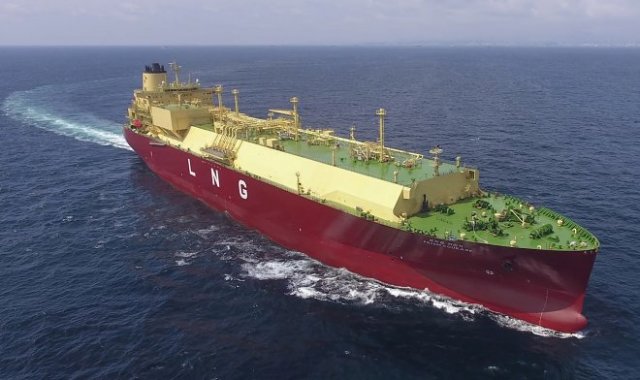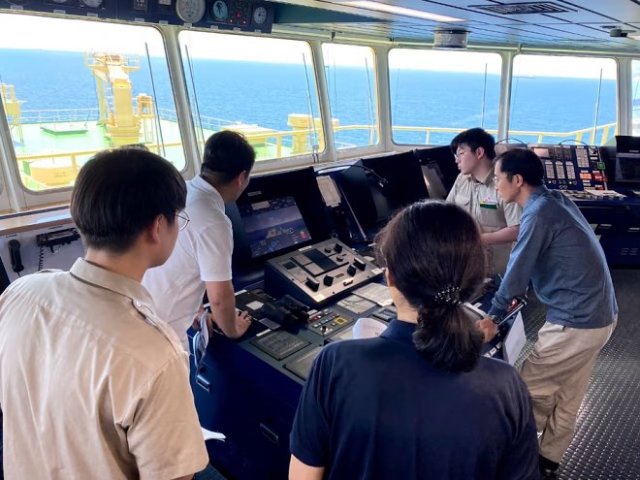
Unmanned gas carrier
According to HD Hyundai, the large Prism Courage gas carrier with a displacement of 122,000 tons became the first vessel with autonomous control to make the transoceanic crossing, having overcome more than 10,000 km.
Drone ships are no longer news. Today, in the waters of many ports, you can find many ships without crews, including modern sailboats equipped with autopilots. However, in the open sea during long transitions, an autopilot controlling the course is not enough. In addition, an unmanned vessel has to use special sensors and cameras to process a large array of information in real time, while strictly following the rules of international shipping.

Unmanned gas carrier
The gas carrier Prism Courage under the Panamanian flag set sail on May 1 of this year from the port of Freeport, Texas, passed the Panama Canal, crossed the Pacific Ocean and headed to South Korea, where 33 days later the ship docked at the Boryeong terminal. For most of this journey, the vessel was controlled by the autonomous navigation system HiNAS 2.0, equipped with artificial intelligence. The system independently calculated logistics and optimal speed, taking into account weather conditions and excitement. HiNAS 2.0 controlled fuel consumption, reducing emissions, and also helped the tanker to successfully disperse from oncoming vessels more than 100 times.
